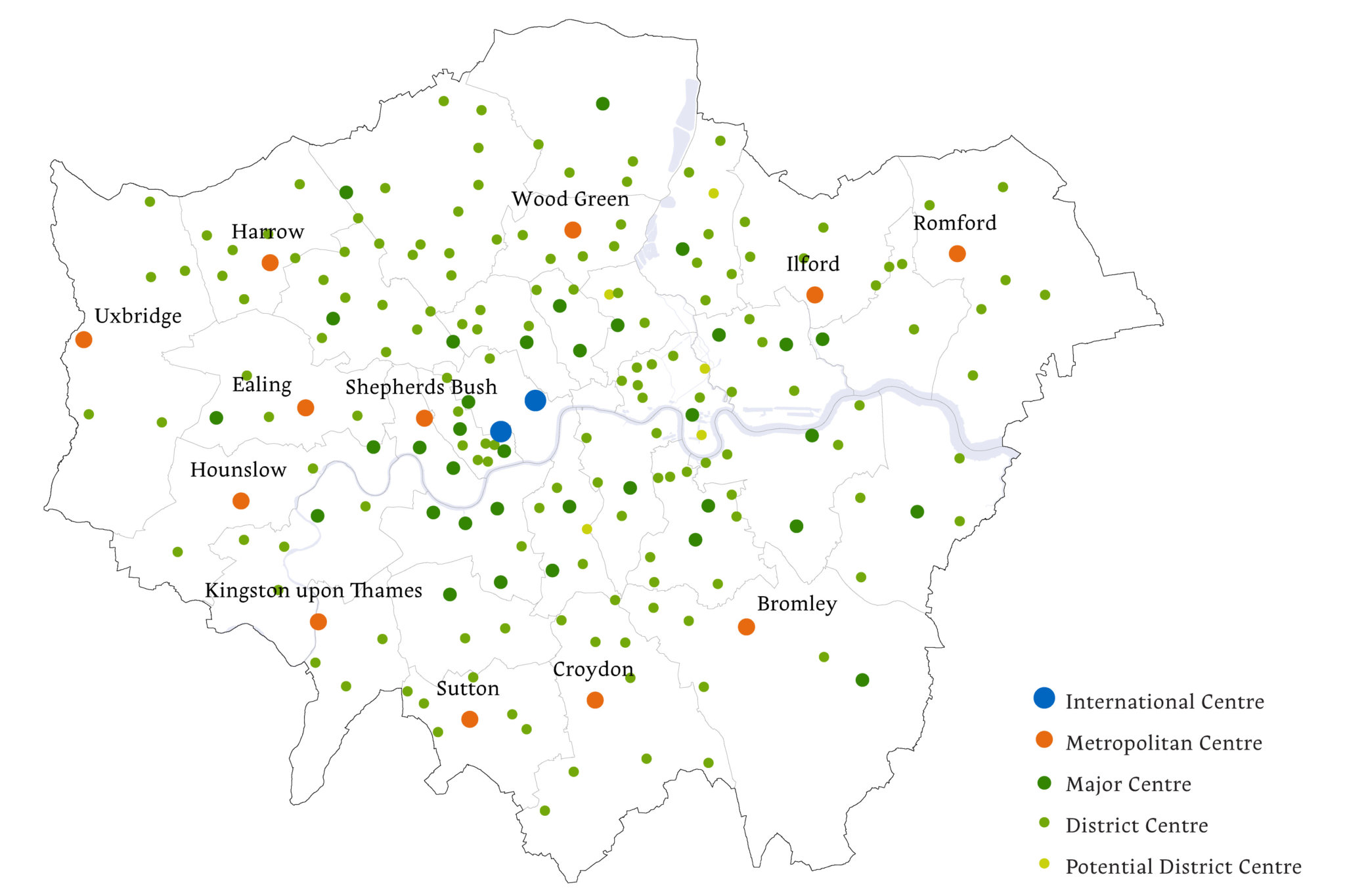Accommodating Growth in Town Centres
A study addressing strategic questions of housing intensification and the economy of town centres and high streets in London.
Informing the London Plan
London is a successful city that as a result faces increasing demand for residential and employment space. This demand is felt most acutely within the housing sector, where current delivery rates are less than half the 49,000 annual dwellings identified as necessary to meet London’s growing need. With comparable retail floorspace growth lower than expected, this study examined what this could mean for the future of London’s Town Centres.
Accommodating Growth in Town Centres formed part of the evidence base for the Further Alterations to the London Plan (FALP). Within the report research into retail, employment and housing in town centres was undertaken, including an assessment of their changing nature. This in turn informed a range of potential housing intensification strategies and delivery models. A design code for guiding the redevelopment and intensification of town centres was developed to capitalise on delivering the required structural change to town centres coupled with housing intensification.
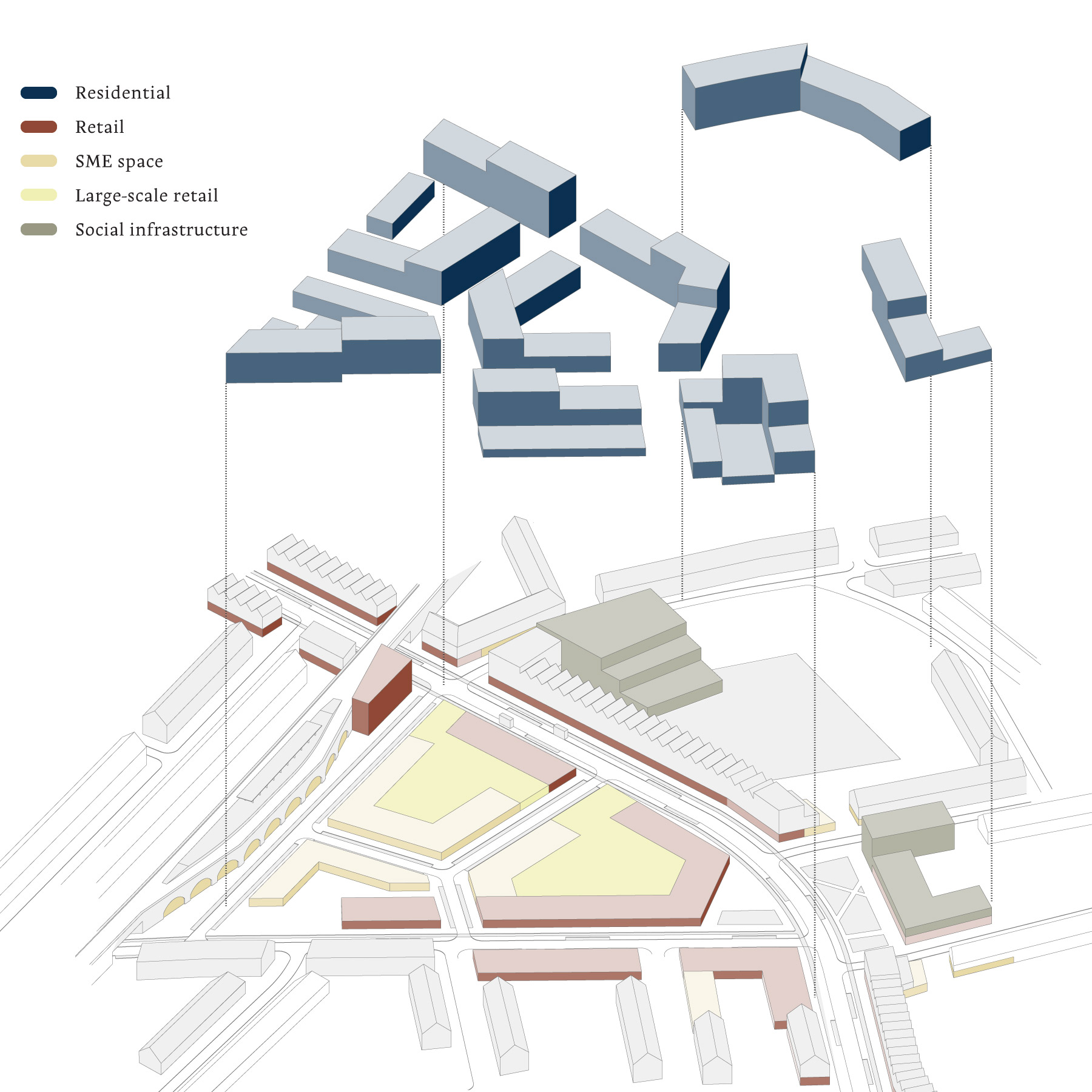
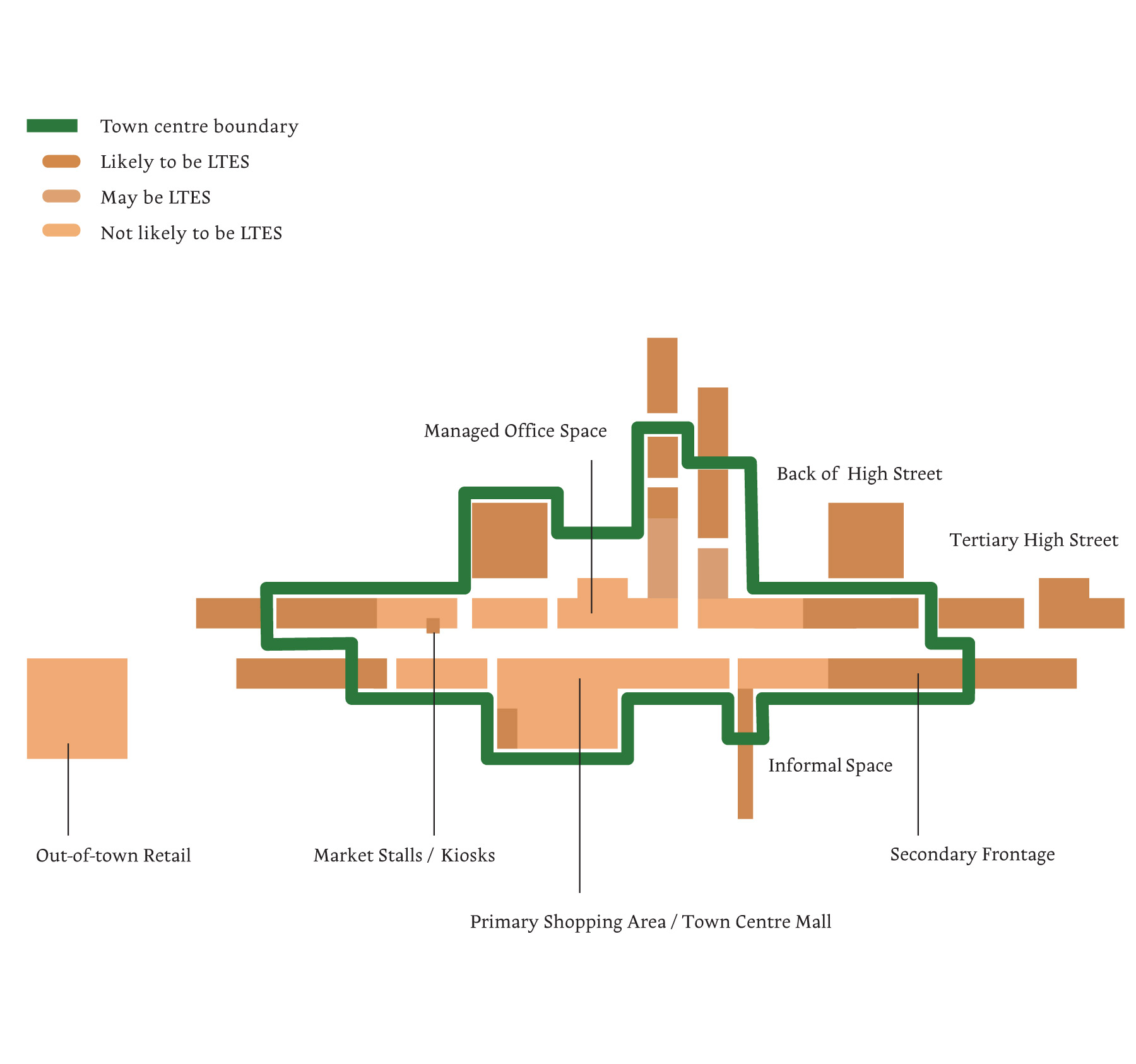
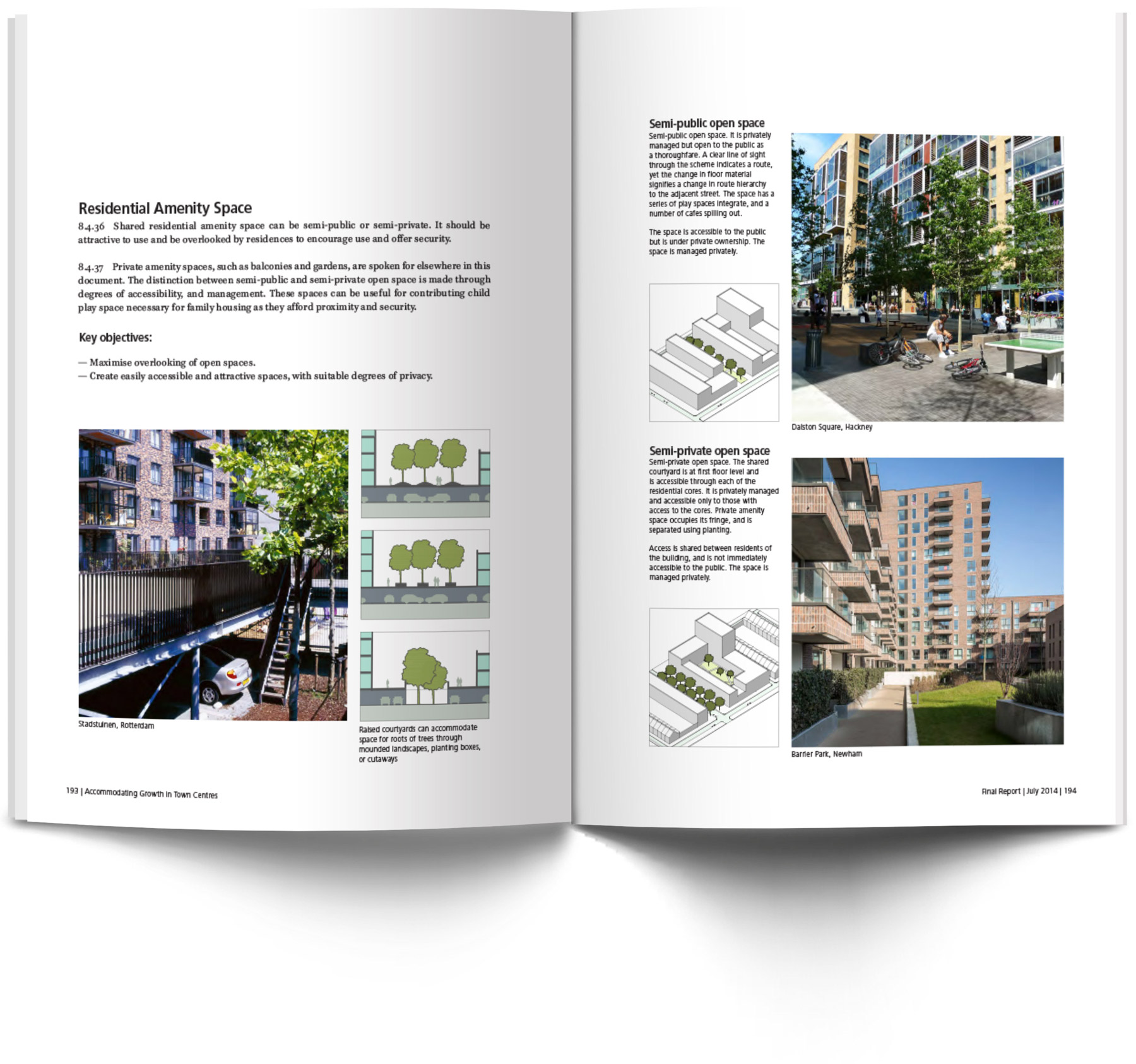
A Mix of Uses
A focus on non-residential uses provided an overview of London’s Town Centres setting out the role they are currently performing. It addressed the restructuring of Town Centres looking at key trends in retail, office and other uses. It also examined the role of enterprise space in Town Centres and in particular the strategic significance of Low Threshold Enterprise Space and barriers to its provision. It looked at how to deliver non-residential space in Town Centre development and the need to understand the market for non-residential space.
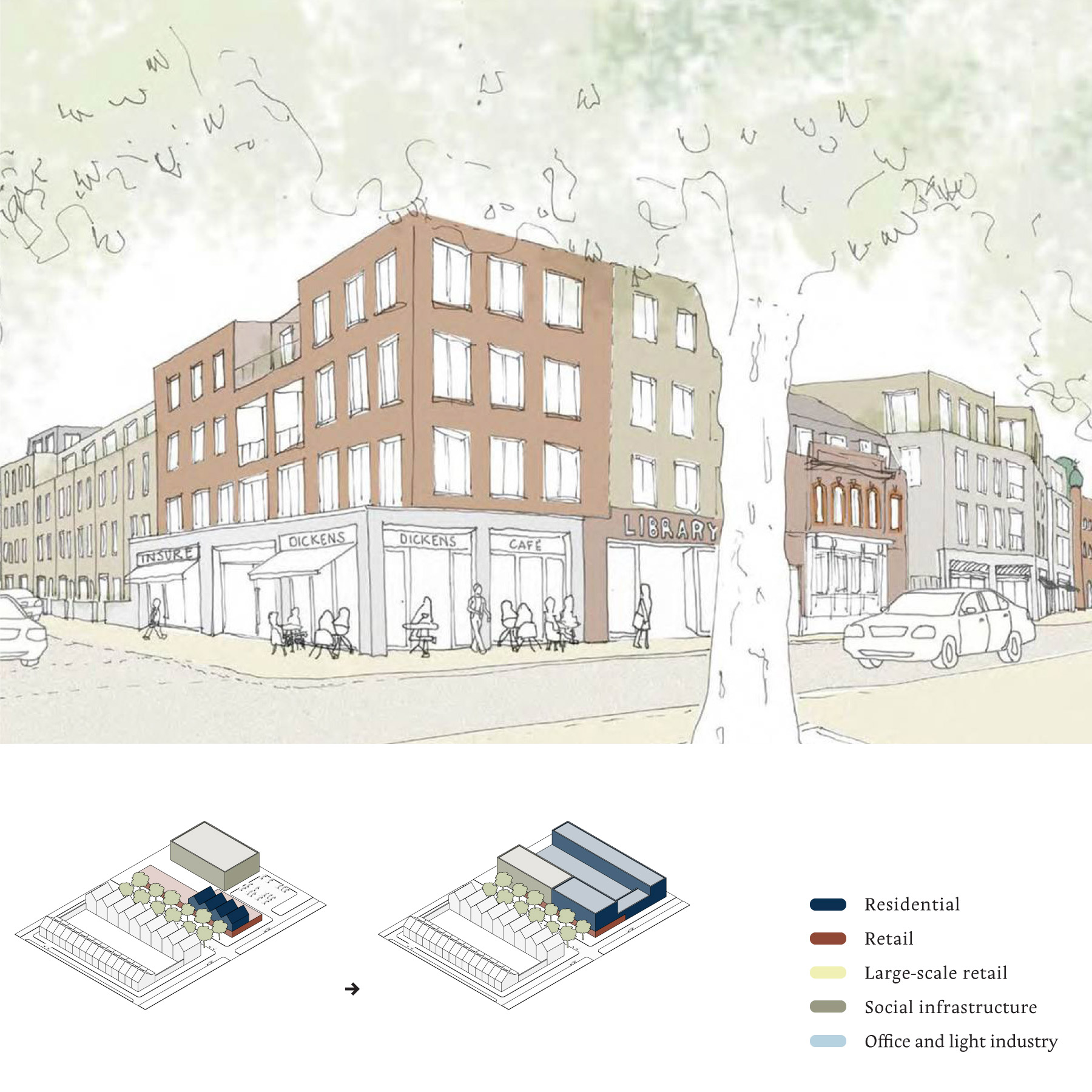
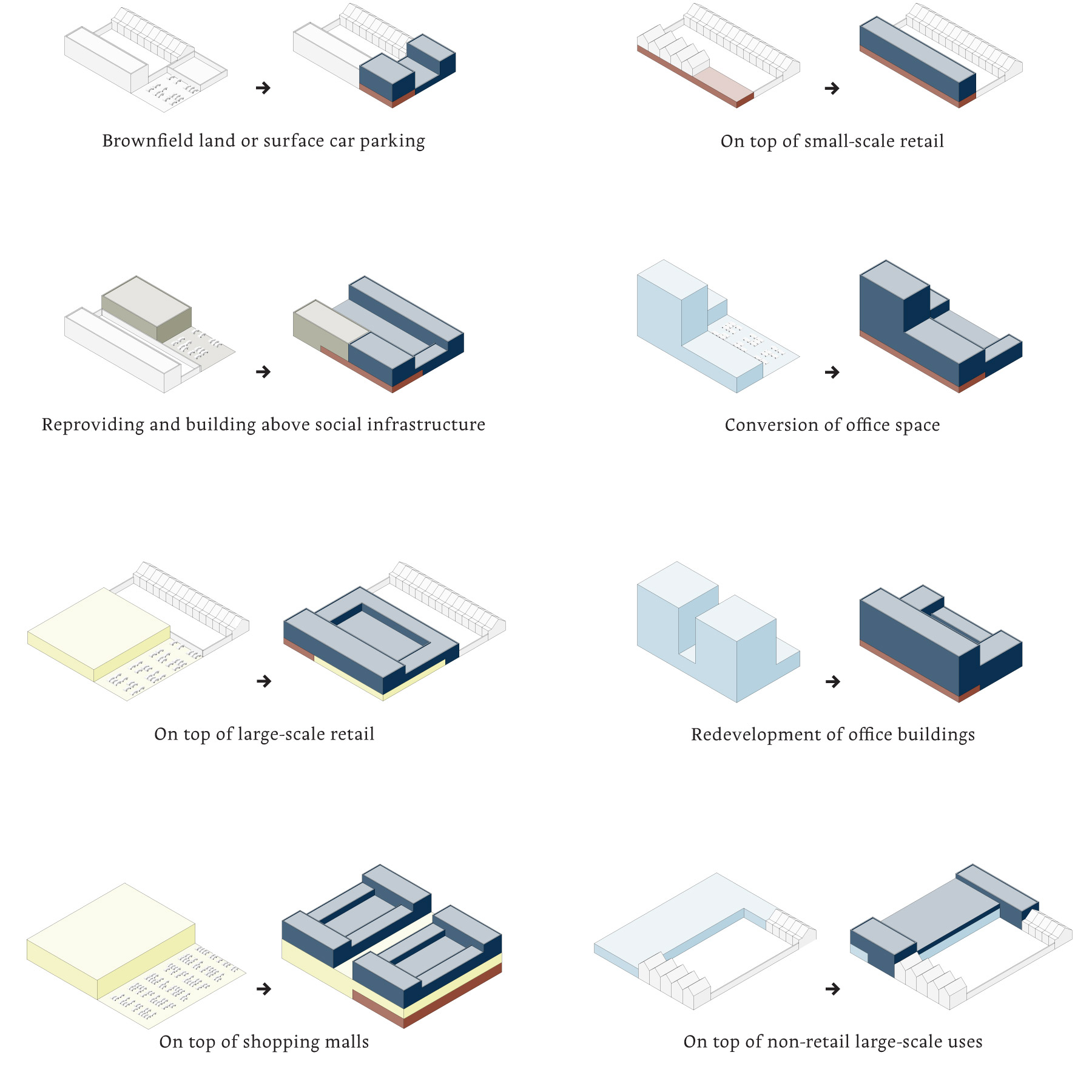
Client: Greater London Authority
Collaborators: Peter Brett Associates; GHPA
Location: London, England
